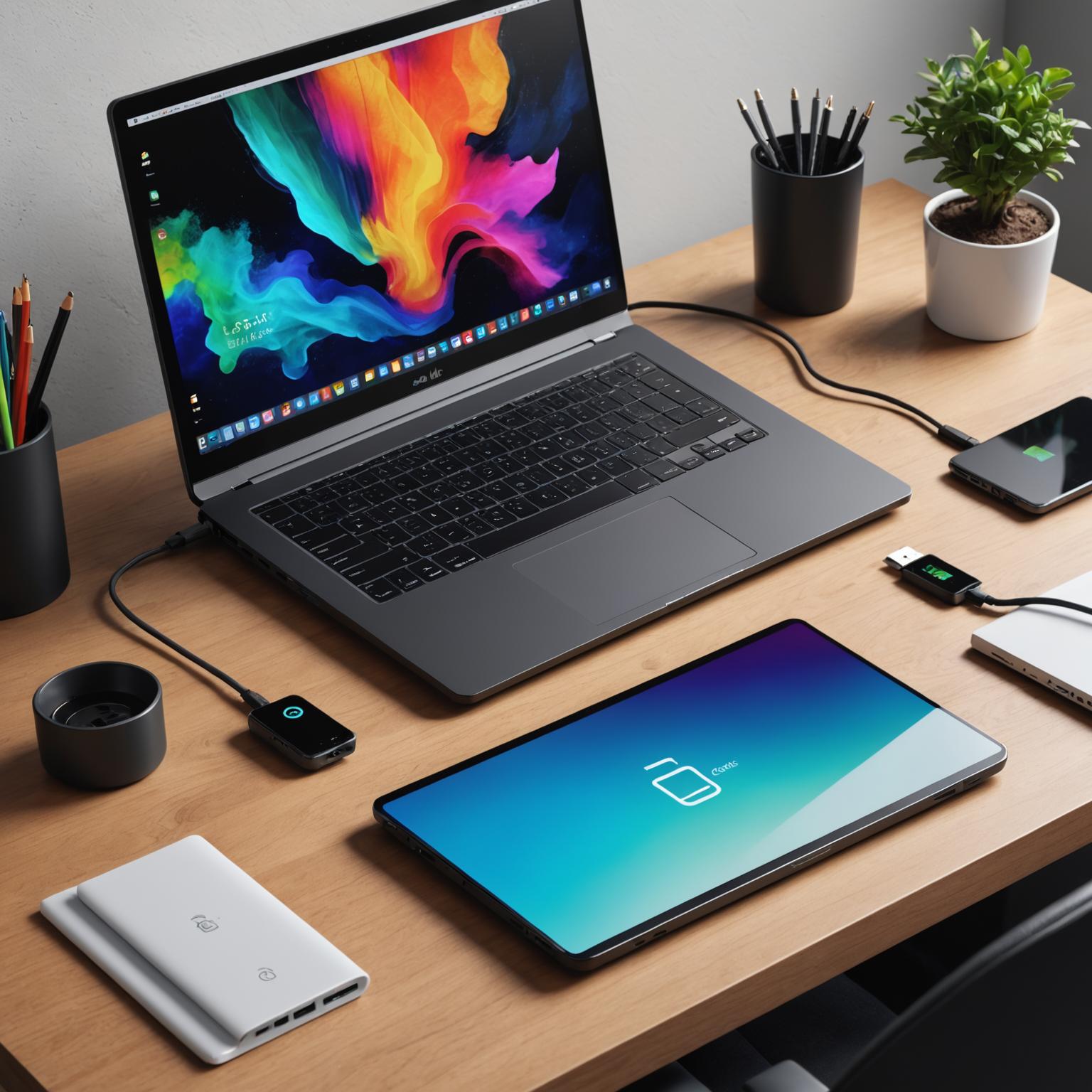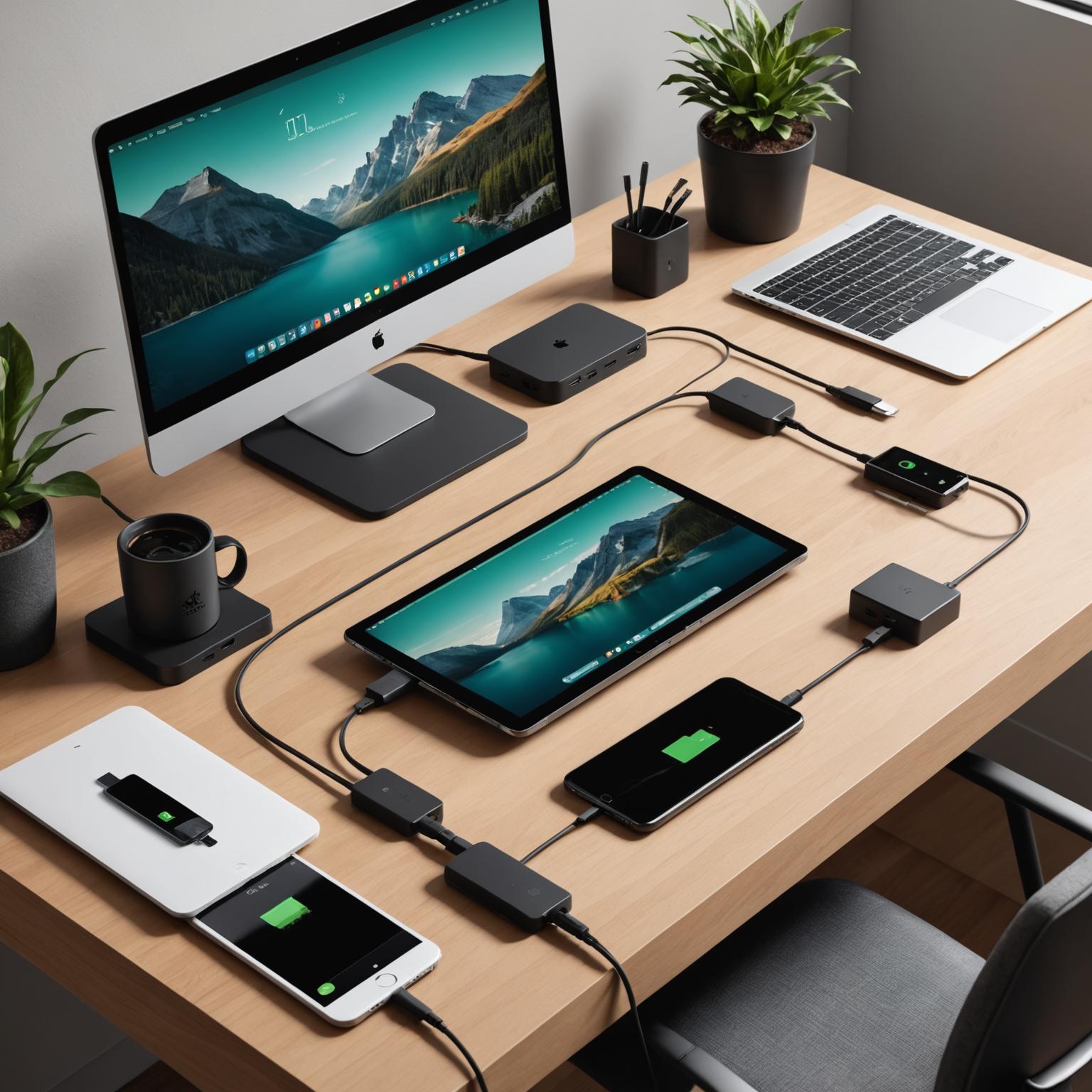This is our independent website, you can check out our products.https://pjcases.com
In today’s fast-paced digital world, the variety of connection types can be overwhelming, but one standard is quickly becoming ubiquitous: USB-C. As more of our devices, from laptops to smartphones, adopt this powerful and versatile port, understanding the difference between a dedicated type-c data cable and an adapter is crucial for maintaining a seamless workflow. While they may seem to serve similar functions, their design, performance, and ideal use cases are distinctly different, and choosing the right one can significantly impact your daily efficiency.

The Universal Connector: Understanding the USB-C Cable
A native USB-C cable is designed with a USB-C connector on both ends, or on one end to connect to a specific device. Its most celebrated feature is the reversible connector, which puts an end to the frustrating fumbling of trying to plug it in the right way. Beyond this convenience, this cable is a powerhouse of technology. It supports higher data transfer speeds under protocols like USB 3.1, USB4, and Thunderbolt, and it can deliver significantly more power for fast charging. This makes a dedicated USB-C cable the optimal choice for primary tasks like charging a modern laptop, transferring large files between new devices, or connecting to a high-resolution monitor.
Bridging the Gap: The Role of a Type-C to USB Adapter
While the world transitions to USB-C, most of us still own plenty of devices and accessories that use the older, rectangular USB-A standard. This is where a type-c to USB adapter becomes an essential tool. This small, convenient accessory features a male USB-C plug on one end and a female USB-A port on the other. Its sole purpose is to provide backward compatibility, allowing you to connect your legacy hardware—like external hard drives, keyboards, mice, or flash drives—to your new USB-C-only laptop or tablet. The adapter acts as a bridge, ensuring your older peripherals don’t become obsolete overnight.
Choosing Your Connection: Direct Cable or Versatile Adapter?
When should you choose a full cable versus a simple adapter? The comparison comes down to performance versus versatility. A direct type-c data cable connection is almost always superior for speed and power delivery. It creates a direct, uninterrupted pathway for data and electricity, minimizing potential bottlenecks. For example, when using a powerful charging station like our Power Hub, plugging in with a high-quality cable ensures you get the fastest, most stable charge. Conversely, a type-c to USB adapter prioritizes convenience and compatibility. It’s the perfect solution for on-the-go situations where you might need to connect to a variety of older devices. However, an adapter can sometimes limit the maximum data transfer speed or charging wattage to the capabilities of the older USB-A standard it’s connecting to.
Building a Seamless Charging Ecosystem
An ideal tech setup accommodates both legacy and modern standards without creating a mess of wires. The Power Hub series is designed with this philosophy in mind. Our multi-device charging stations and power strips feature a combination of ports, providing dedicated slots for a high-performance USB-C cable alongside traditional USB-A ports. This means you can fast-charge your new smartphone directly while simultaneously connecting a peripheral using a type-c to USB adapter. Our sleek, integrated solutions, from portable power banks to desktop hubs, ensure that whether you need the raw power of a direct cable or the flexibility of an adapter, your workspace remains organized, efficient, and stylish.
Ultimately, both the dedicated type-c data cable and the adapter have their place in a well-equipped tech arsenal. The cable is your go-to for performance-critical tasks and future-proofing your setup, while the adapter is the indispensable problem-solver that keeps your trusted older gear in the game. By understanding their distinct roles, you can make informed choices that optimize your connectivity and build a more efficient digital life.
